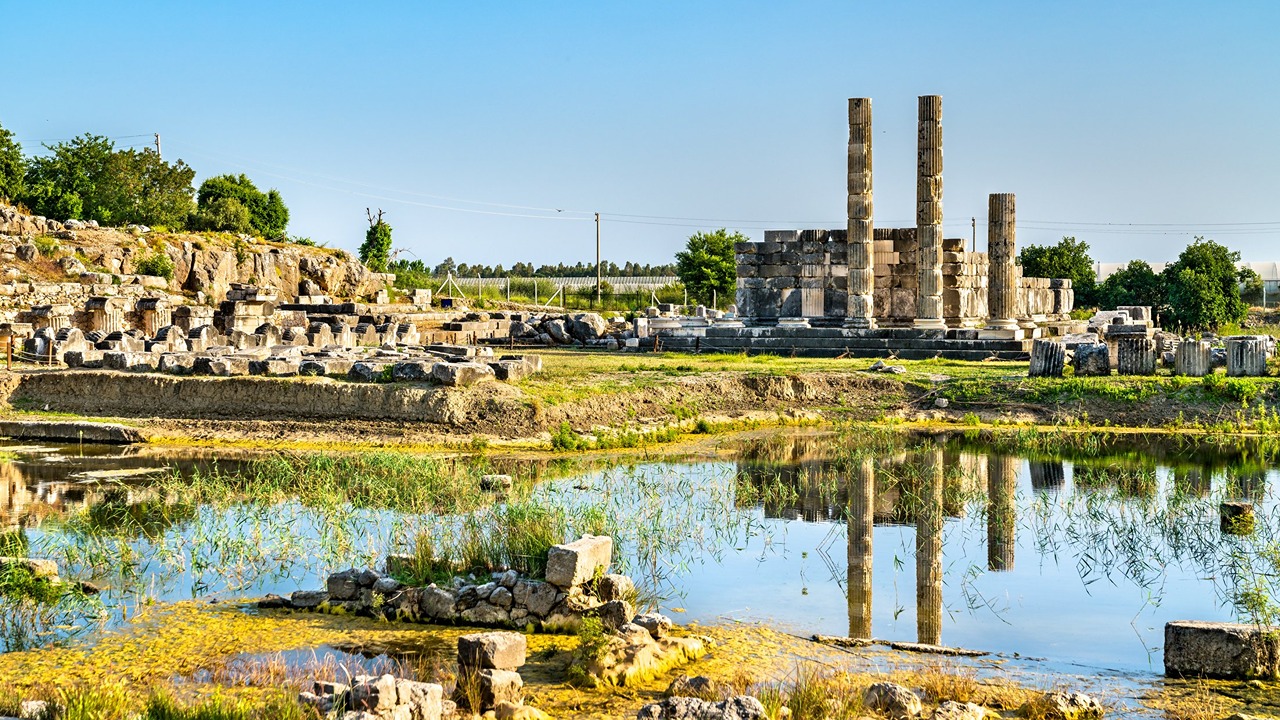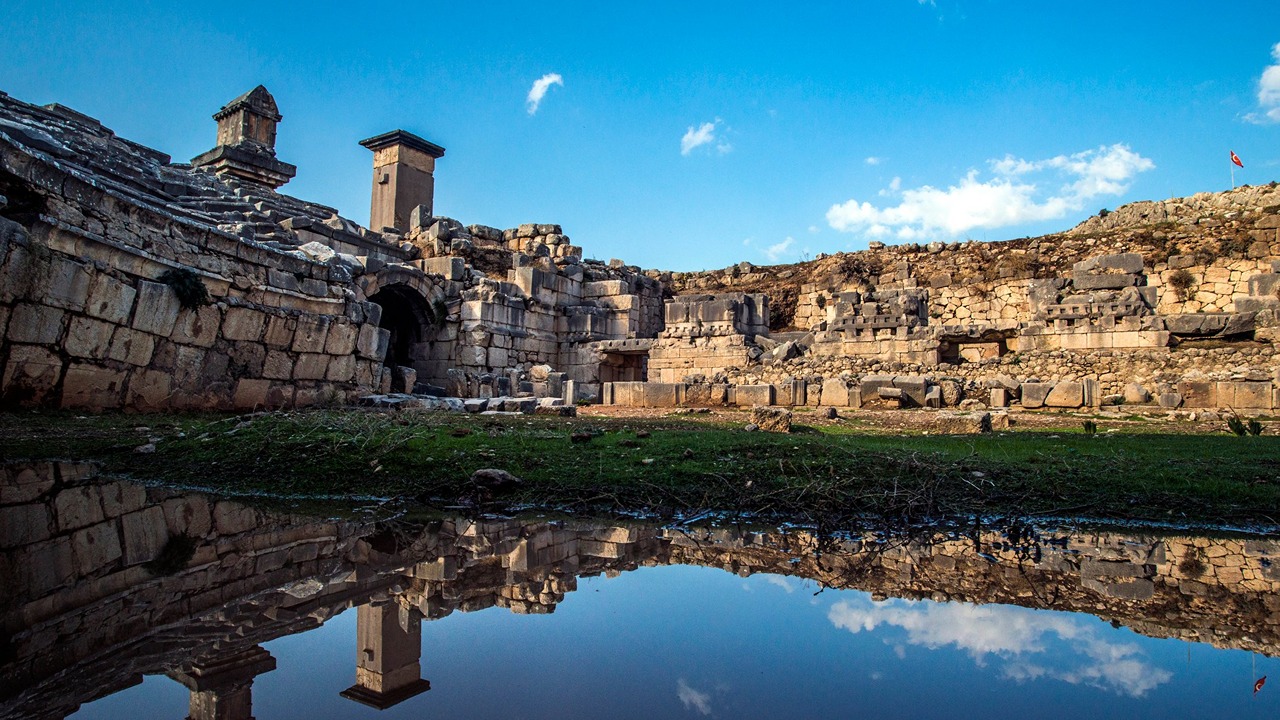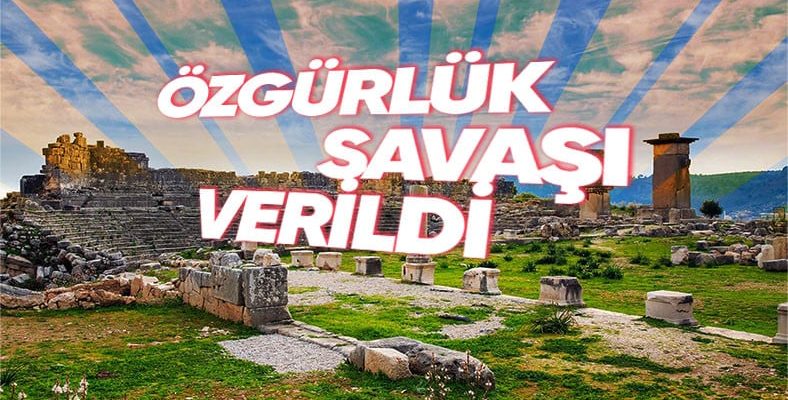In the city of Antalya, one of the dazzling beauties of our country, there is the Ancient City of Xanthos, which bears the traces of history and mythology. This city, which has a centuries-old history, fascinates with its fighting spirit.
Built on two hills on the banks of Eşen Stream XanthosAlthough it has been destroyed many times over time due to wars, natural disasters and different civilizations, it has managed to rise from its ashes each time. Xanthos, which is known to have been plundered by Alexander the Great, captured by the Romans, and witnessed many wars of the ancient period, is not just an archaeological site; It is also a treasure that sheds light on human history.
On the UNESCO World Cultural Heritage List Xanthos, known worldwide for its location, invites history lovers and curious travelers to a fascinating journey of discovery. So what makes it so special?
Xanthos Ancient City, located in Antalya’s Kaş district, has a sad and impressive past that lies deep in history.
On the UNESCO World Heritage List This ancient city draws attention with its ruins that defy time and where people refuse to surrender. The excavations, which started in the 1950s, are currently continued by the excavation team of Akdeniz University Archeology Department.
Xanthos is an important center of the Lycian civilization. It was used as a capital in the 2nd century BC. The city is the most important city of Lycia, spreading over a wide area. Xanthos’ inclusion in the UNESCO list is due to the fact that it represents the sacred areas of the region, together with Letoon.
Xanthos Ancient City stands out with its tragic story that left deep traces throughout history.

This old city is known for an event that represents one of the most poignant liberation decisions in history. In 545 BC Xanthos, which was subjected to a strong attack by the Persian army, met with brave resistance from the local people. However, over time, as the siege continued, it became clear that resistance would not bring results. The people of Xanthos, who saw that the Persians were starting to take over their lands, acted in desperation to prevent the city from being taken over.
Women, children, slaves and they gathered all their possessions, took refuge in the castle, and set fire to the city. The people of Xanthos experienced one of the unforgettable moments in history with their brave resistance for their independence. However, they had to face similar tragic events with the attack of Roman Emperor Brutus in 42 BC. The city, which came under Roman rule, fell into silence after the Arab raids.
Mausoleums and other structures in Xanthos reflect the lifestyle of the rulers and cultural elite in the region.

Lycian culture With the invasion of Alexander Its destruction caused Xanthos to lose its importance and status. However, various structures of the ancient city carry the rich history of Anatolia to the present day.
In conclusion, Xanthos Ancient City, It is not just an archaeological site; It is also a historical and cultural heritage. The story of this magical city takes its visitors on a journey into the past and into the depths of history. Today, this sad past of the city attracts thousands of tourists every year.
Our other history content that may interest you:
RELATED NEWS
Why Were Cats, Considered Unlucky in the Middle Ages, So Valuable in Ancient Egypt? The Punishment for Killing a Cat Was Death!
RELATED NEWS
A psychological disorder that was thought to be experienced by women in ancient times due to uterine movements, but the reality was completely different: Hysteria.
RELATED NEWS
Meet the Oldest Extant Wooden Structure in the World: In the Ancient City of Gordion!
RELATED NEWS
How Can It Be Explained That Ancient Civilizations With No Connections Did The Same Things Despite This?
RELATED NEWS
